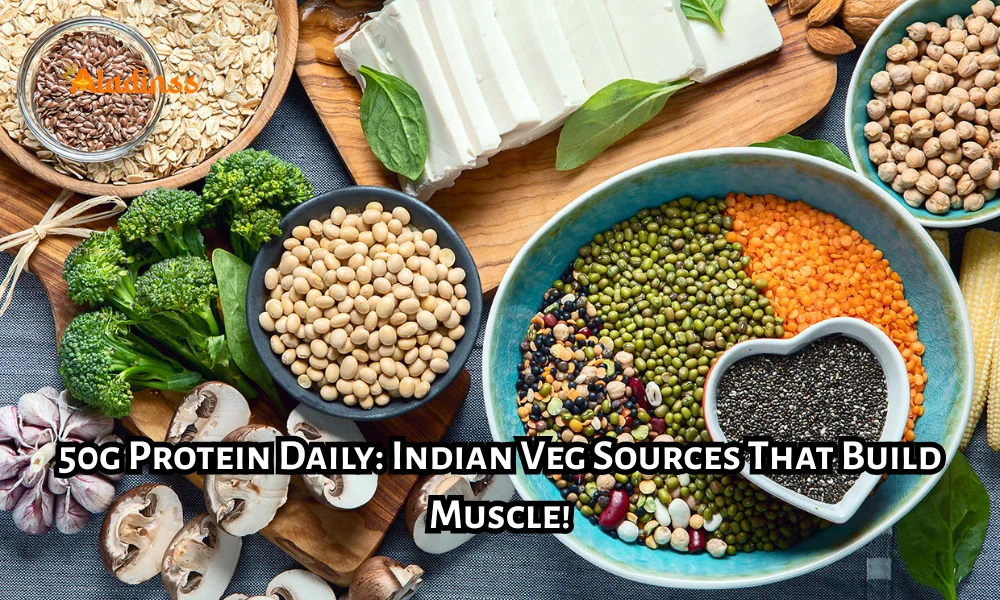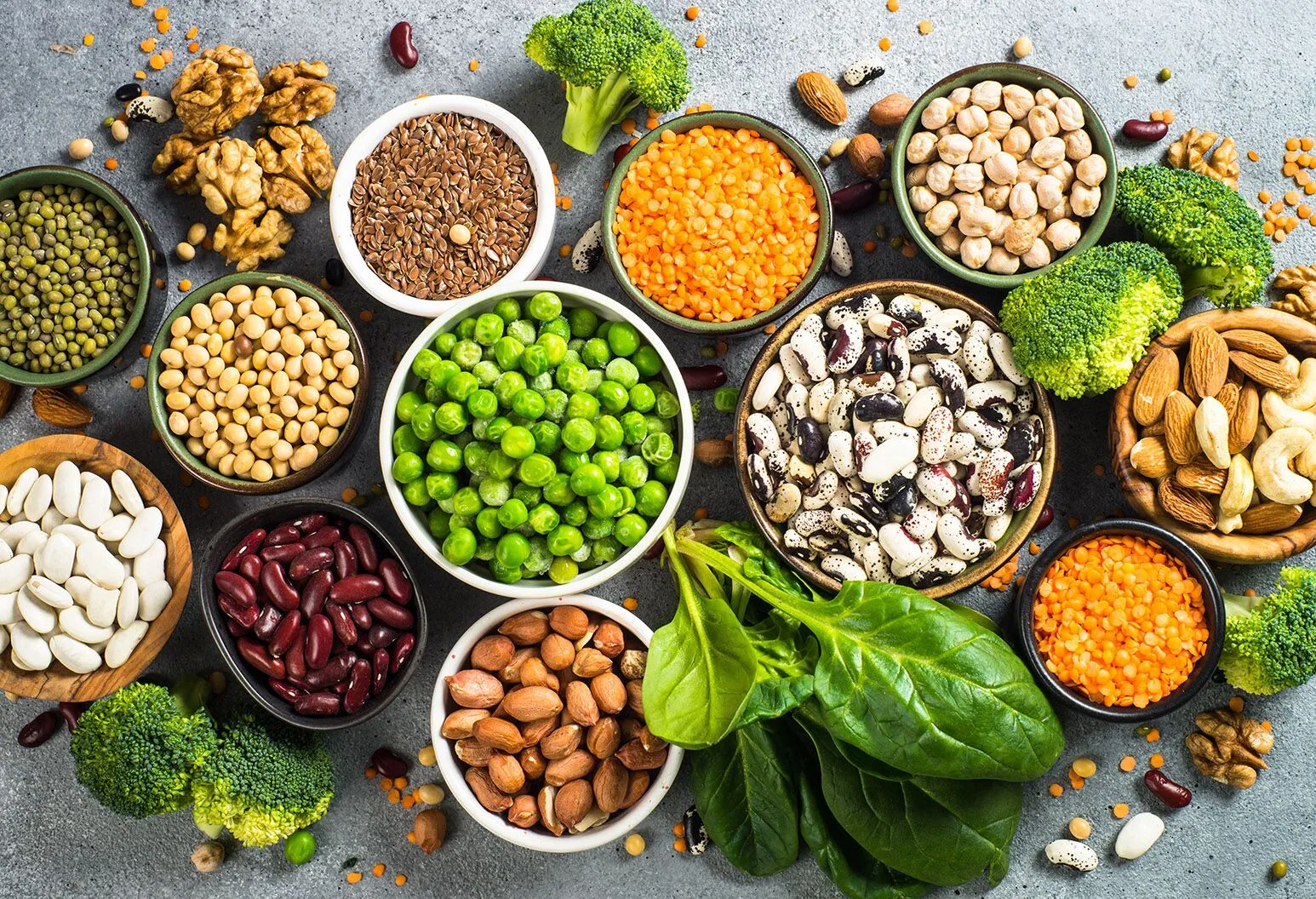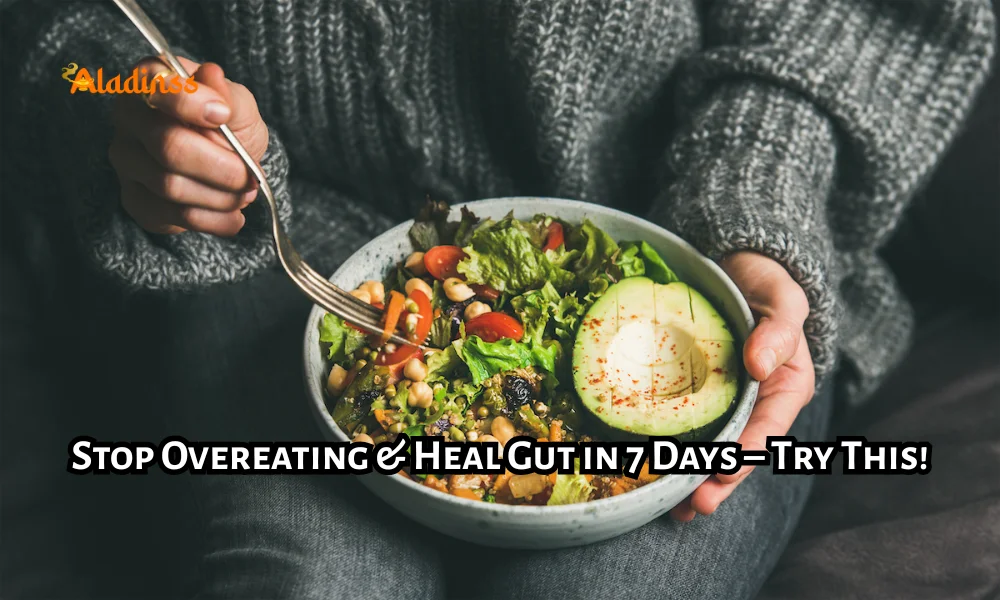Best Vegetarian Protein Sources in India for Gym and Weight Loss

Best Protein Sources for Vegetarians in India (Gym + Weight Loss Friendly)

Finding the best protein sources for vegetarians in India has never been easier. With abundant plant-based options deeply rooted in Indian cuisine, gym-goers and weight loss seekers can build muscle and burn fat without compromising taste or tradition. From humble dal to premium paneer, these vegetarian protein sources deliver complete nutrition while supporting fitness goals.
Indian vegetarians have a massive advantage – protein-rich foods are already staples in daily meals. The key lies in choosing high-quality, bioavailable sources that support muscle repair after workouts and create satiety for weight management. Whether you're hitting the gym or aiming for a leaner physique, these vegetarian protein sources transform Indian plates into powerhouses of nutrition.
Why Protein Matters for Indian Vegetarians
Protein forms the building blocks of muscle tissue, making it essential for gym enthusiasts. Indian vegetarians often fall short because rice-dal combinations lack sufficient lysine. The best protein sources for vegetarians in India combine grains with legumes to create complete amino acid profiles that rival animal proteins.
Weight loss becomes sustainable when protein intake increases. These vegetarian protein sources create fullness signals in the brain, reducing overall calorie consumption. Indian research shows that replacing carbs with protein-rich foods leads to 15-20% greater fat loss while preserving lean muscle mass.
Muscle recovery after intense gym sessions depends on timely protein delivery. The best protein sources for vegetarians in India provide quick-absorbing amino acids that repair micro-tears in muscle fibers. This process becomes crucial for Indian bodybuilders competing in natural categories.
Top 10 Vegetarian Protein Sources Available in India
Paneer leads as the king of Indian vegetarian protein sources. Every 100 grams delivers 20-25 grams of high-quality protein with all essential amino acids. Gym-goers love its versatility – grilled, scrambled, or in curries. The calcium content supports bone health during heavy lifting sessions.
Greek yogurt or hung curd revolutionizes protein intake for Indian fitness enthusiasts. Straining regular curd concentrates protein to 10-12 grams per 100 grams. The live cultures improve gut health, enhancing nutrient absorption from other vegetarian protein sources.
Lentils (masoor, moong, chana) form the backbone of Indian vegetarian diets. Combining different dals creates complementary amino acid profiles. Pressure cooking with spices increases digestibility, making these the most cost-effective protein sources for vegetarians in India.
- Soya chunks: 52g protein per 100g dry weight, complete protein profile
- Chickpeas: 19g protein per 100g cooked, high fiber for weight loss
- Rajma: 24g protein per 100g cooked, slow-digesting for sustained energy
- Peanuts: 26g protein per 100g, budget-friendly gym snack
Dairy-Based Protein Powerhouses for Indian Gym-Goers
Milk protein combines whey and casein for dual-phase absorption. Indian bodybuilders consume 500ml milk post-workout for immediate recovery and overnight muscle repair. The natural electrolytes replace minerals lost through sweat in Indian gym environments.
Whey protein supplements derived from milk processing dominate Indian fitness markets. Choose concentrates for budget-conscious beginners or isolates for lactose-intolerant individuals. These processed dairy proteins deliver 25-30 grams per scoop, perfect for post-gym shakes with banana and peanut butter.
Cheese varieties like processed cheddar or mozzarella add flavor and protein to Indian dishes. While higher in calories, strategic portions enhance muscle-building meals. The fat content slows digestion, providing sustained amino acid release for overnight recovery.
Plant-Based Complete Proteins Revolutionizing Indian Fitness
Soya products lead plant-based complete proteins available across India. Textured vegetable protein (TVP) or soya chunks absorb Indian spices beautifully while delivering 50+ grams protein per 100 grams. The isoflavones support hormone balance in female athletes.
Quinoa has gained popularity in urban Indian gyms despite higher costs. This pseudo-grain contains all nine essential amino acids with 14 grams protein per 100 grams cooked. The magnesium content prevents muscle cramps during intense training sessions.
Hemp seeds emerge as superfood protein sources for Indian vegetarians. Three tablespoons provide 10 grams complete protein with omega-3 fatty acids. The nutty flavor enhances Indian salads and smoothie bowls popular among fitness enthusiasts.
Legumes and Pulses: Budget Protein Champions
Black chickpeas (kala chana) offer superior protein quality among Indian pulses. Soaking overnight and pressure cooking maximizes digestibility. The high fiber content creates prolonged satiety, perfect for weight loss diets.
Moong dal sprouts transform ordinary lentils into protein powerhouses. Sprouting increases protein bioavailability by 30% while reducing anti-nutrients. Indian gym-goers consume sprouted moong salads before workouts for sustained energy release.
Moth beans (matki) deserve recognition among underrated protein sources for vegetarians in India. These tiny beans pack 24 grams protein per 100 grams with minimal cooking time. Regional Maharashtrian usal recipes showcase their muscle-building potential.
Nuts and Seeds for Convenient Protein Snacking
Almonds provide 21 grams protein per 100 grams with vitamin E for skin health. Indian fitness models carry roasted almonds as emergency protein sources. The healthy fats prevent muscle breakdown during calorie deficits.
Pumpkin seeds deliver 30 grams protein per 100 grams with zinc for testosterone production. Male Indian bodybuilders include these in evening snacks to support natural hormone optimization. The magnesium relaxes muscles post-workout.
Chia seeds absorb 12 times their weight in water, creating filling protein puddings. Two tablespoons provide 5 grams protein with complete omega-3 profile. Indian weight loss seekers prepare overnight chia pudding with milk and fruits.
Protein Timing Strategies for Indian Gym Lifestyle
Post-workout windows demand immediate protein delivery. Keep paneer bhurji or Greek yogurt ready for consumption within 30 minutes of training. These vegetarian protein sources maximize the anabolic window for muscle protein synthesis.
Pre-workout meals require slow-digesting proteins 2-3 hours before gym sessions. Rajma-chawal or chana curry provides sustained energy without blood sugar crashes. The complex carbohydrates fuel intense Indian workout routines.
Bedtime protein prevents overnight muscle breakdown. Casein-rich milk or paneer forms slow-releasing amino acid pools. Indian bodybuilders consume 200ml milk with turmeric before sleep for anti-inflammatory benefits.
Sample High-Protein Indian Meal Plans
This 7-day plan delivers 25-30% calories from protein using only Indian vegetarian sources. Each day includes gym-friendly timing and weight loss appropriate portions. Total protein ranges 80-120 grams daily depending on body weight.
- Day 1 Breakfast: Besan chilla (3) with Greek yogurt dip - 28g protein
- Lunch: Paneer bhurji with 2 rotis + salad - 35g protein
- Post-workout: Whey shake with banana - 25g protein
- Dinner: Moong dal khichdi with curd - 22g protein
Variations include soya chunk curry, chana masala, and lentil soups. The plans rotate protein sources to prevent dietary fatigue while ensuring complete amino acid coverage. Indian spices enhance flavor without extra calories.
Common Protein Myths Indian Vegetarians Face
The "incomplete protein" myth persists despite scientific evidence. Combining different plant sources throughout the day creates complete profiles. Indian thali meals naturally achieve this balance through diverse components.
Protein absorption concerns plague Indian fitness communities. Digestive spices like black pepper and ginger enhance bioavailability. Proper cooking methods like pressure cooking break down anti-nutrients in legumes.
Cost misconceptions prevent many from adequate intake. Homemade paneer costs less than ₹200 per kg while delivering superior protein quality. Bulk buying dals and legumes reduces monthly protein expenses significantly.
Supplements vs Whole Foods Debate
Whole food protein sources provide micronutrients absent in supplements. Indian diets rich in spices deliver antioxidants that enhance muscle recovery. The fiber content regulates blood sugar crucial for fat loss.
Strategic supplementation bridges gaps for serious athletes. Competitive Indian bodybuilders use whey protein to meet 2g/kg bodyweight requirements. Plant-based protein powders combine pea, rice, and hemp for complete profiles.
BCAA supplements gain popularity in Indian gyms despite sufficient intake from whole foods. The marketing creates unnecessary expenses. Focus on total protein intake rather than individual amino acids.
Cultural Integration of Protein-Rich Foods
Indian festivals naturally incorporate protein sources. Mathri made with besan, gujiya filling with khoya, and laddoos with nuts provide festive protein boosts. Traditional sweets become muscle-building treats when consumed mindfully.
Street food transformations create protein-packed options. Paneer tikka rolls, chana chaat, and sprouted moong salads satisfy cravings while supporting fitness goals. Health-conscious vendors now offer grilled versions with minimal oil.
Family dining accommodates protein needs through shared dishes. Dal remains central while paneer or soya curries rotate as main courses. The variety ensures nutritional completeness without isolating fitness-focused individuals.
Seasonal Protein Source Optimization
Summer demands cooling protein sources like curd, buttermilk, and coconut. These hydrated options prevent dehydration common in Indian gym environments. The electrolytes maintain performance during hot weather training.
Winter allows higher fat protein sources like ghee-rich paneer and nut-based sweets. The extra calories support increased training volume during competition preparation. Traditional winter foods naturally align with bulking phases.
Monsoon challenges protein digestion due to humidity. Light proteins like moong dal and steamed soya minimize digestive stress. Ginger and pepper enhance absorption during damp weather conditions.
Women-Specific Protein Considerations
Indian women require 15-20% higher protein during menstruation due to blood loss. Iron-rich dals combined with vitamin C sources enhance absorption. The protein supports hemoglobin synthesis crucial for gym performance.
Pregnancy increases protein requirements to 1.1g/kg bodyweight. Traditional Indian foods like panjiri and gond laddoo provide concentrated nutrition. The natural ingredients support both mother and baby development.
PCOS management benefits from higher protein intake. The improved insulin sensitivity reduces androgen levels. Indian women with PCOS notice better cycle regularity with consistent protein consumption.
Tracking and Monitoring Protein Intake
Simple handful measurements work for Indian kitchens. One palm of paneer or two fists of cooked dal approximate 20-25 grams protein. This practical approach eliminates complicated calculations.
Mobile apps tailored for Indian foods simplify tracking. Enter roti, dal, and sabzi portions for accurate protein counts. The databases include regional dishes ensuring precision.
Body composition changes indicate adequate protein intake. Increased muscle tone and reduced waist circumference signal success. Indian vegetarians achieving 1.6-2.2g/kg bodyweight protein notice visible transformations within 8-12 weeks.
The best protein sources for vegetarians in India combine cultural familiarity with scientific precision. From street-side chana to homemade paneer, these foods build championship physiques while honoring Indian culinary traditions. Success comes from consistent intake, smart combinations, and enjoying the journey of transformation.
Comment / Reply From
No comments yet. Be the first to comment!






